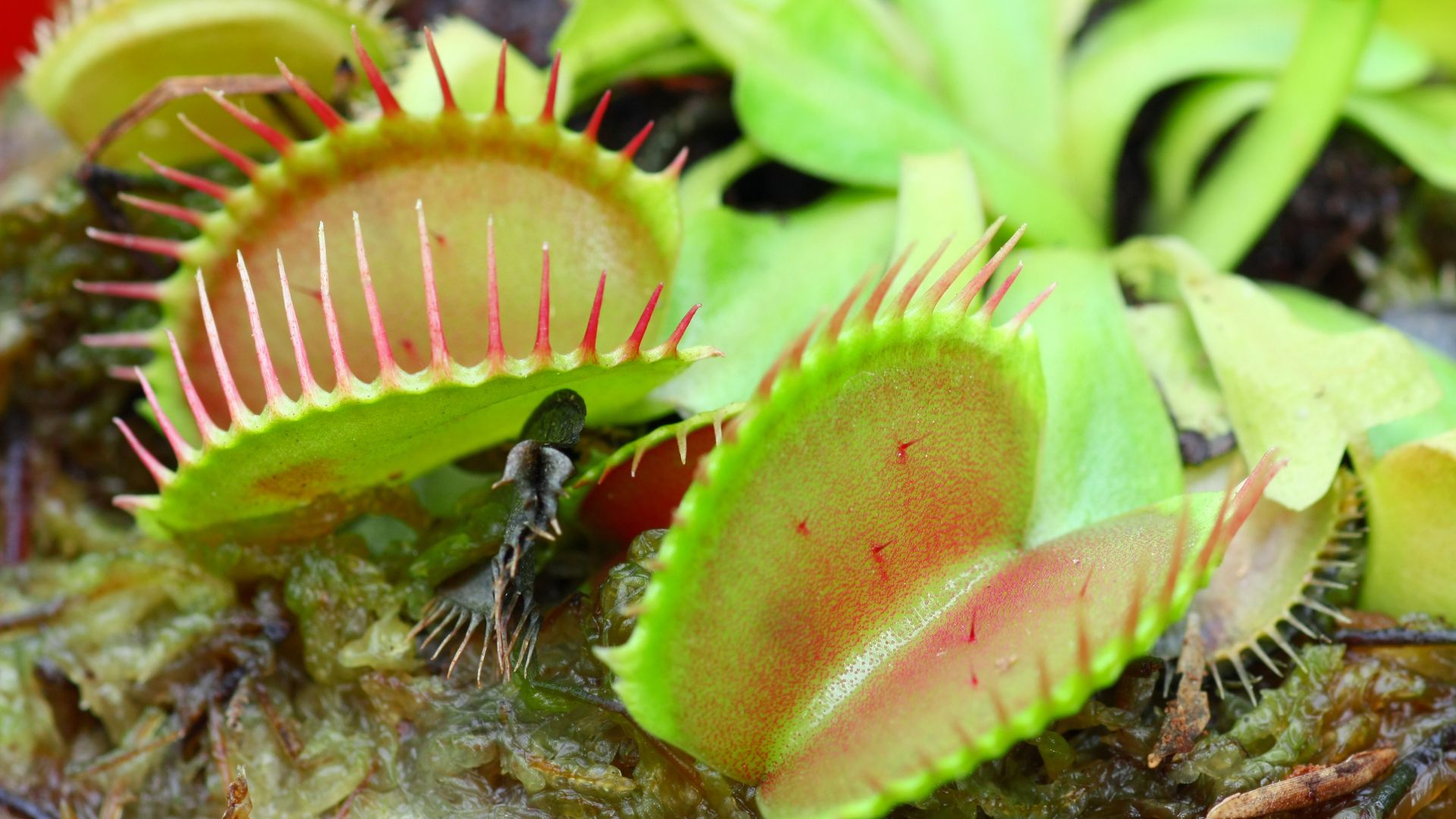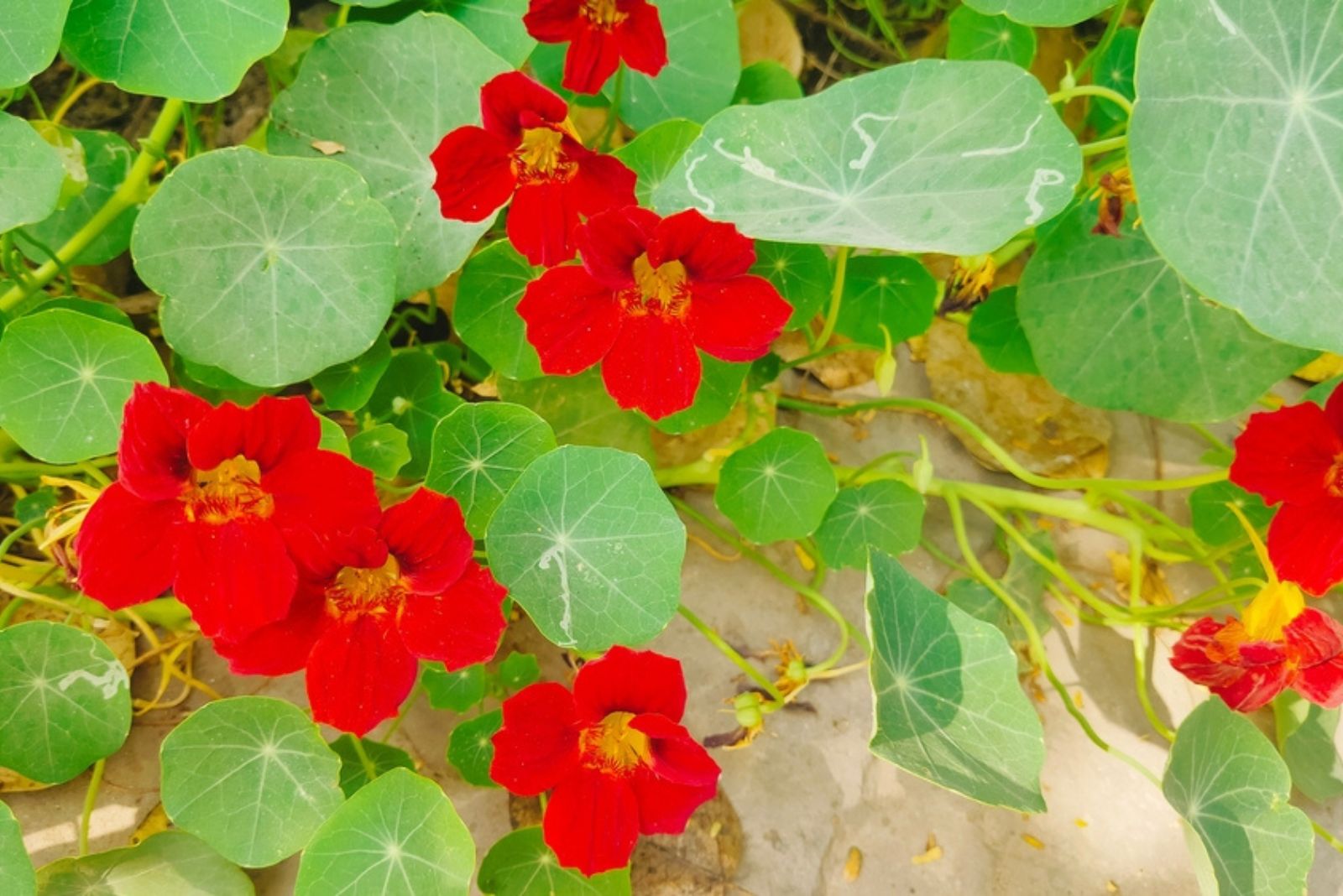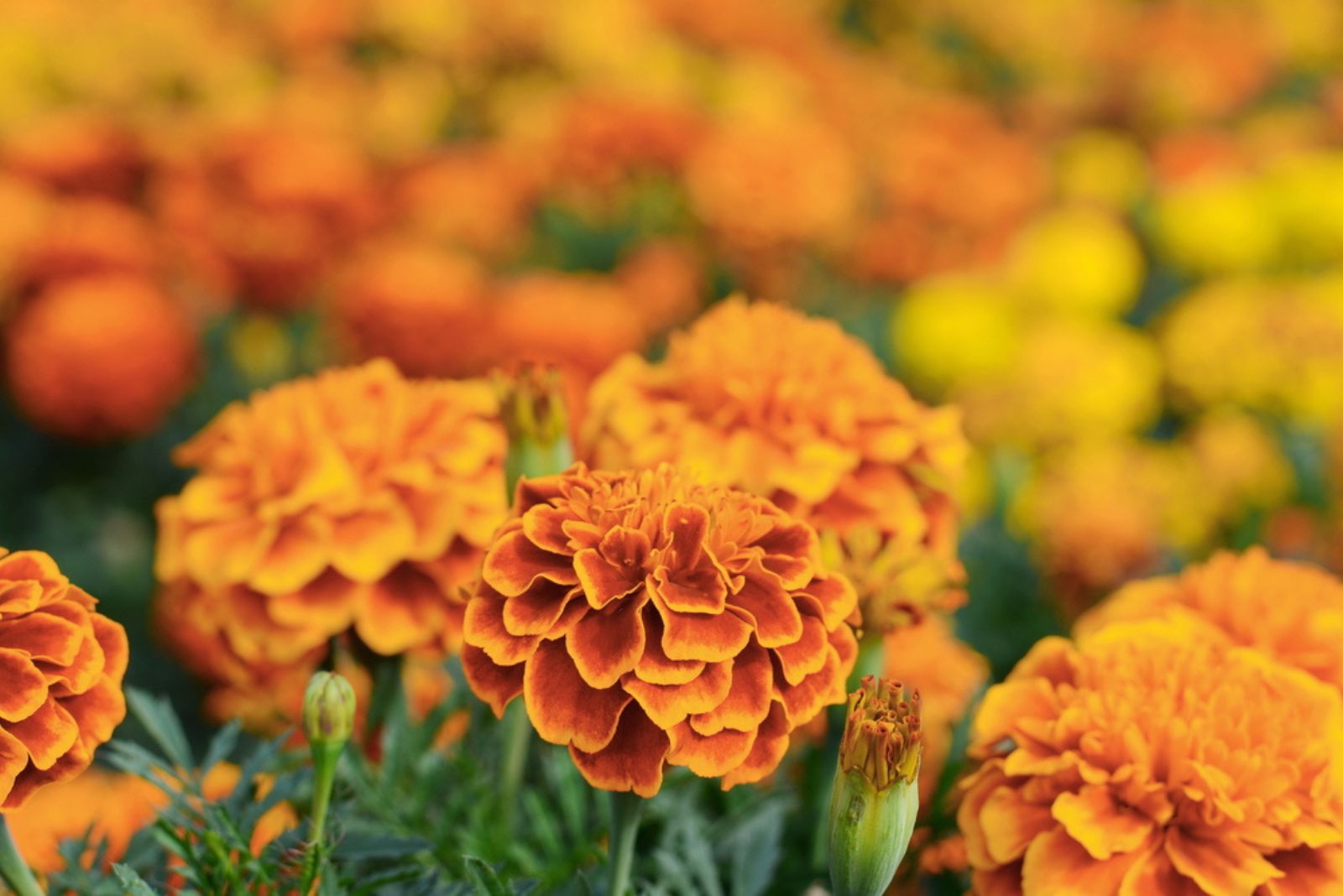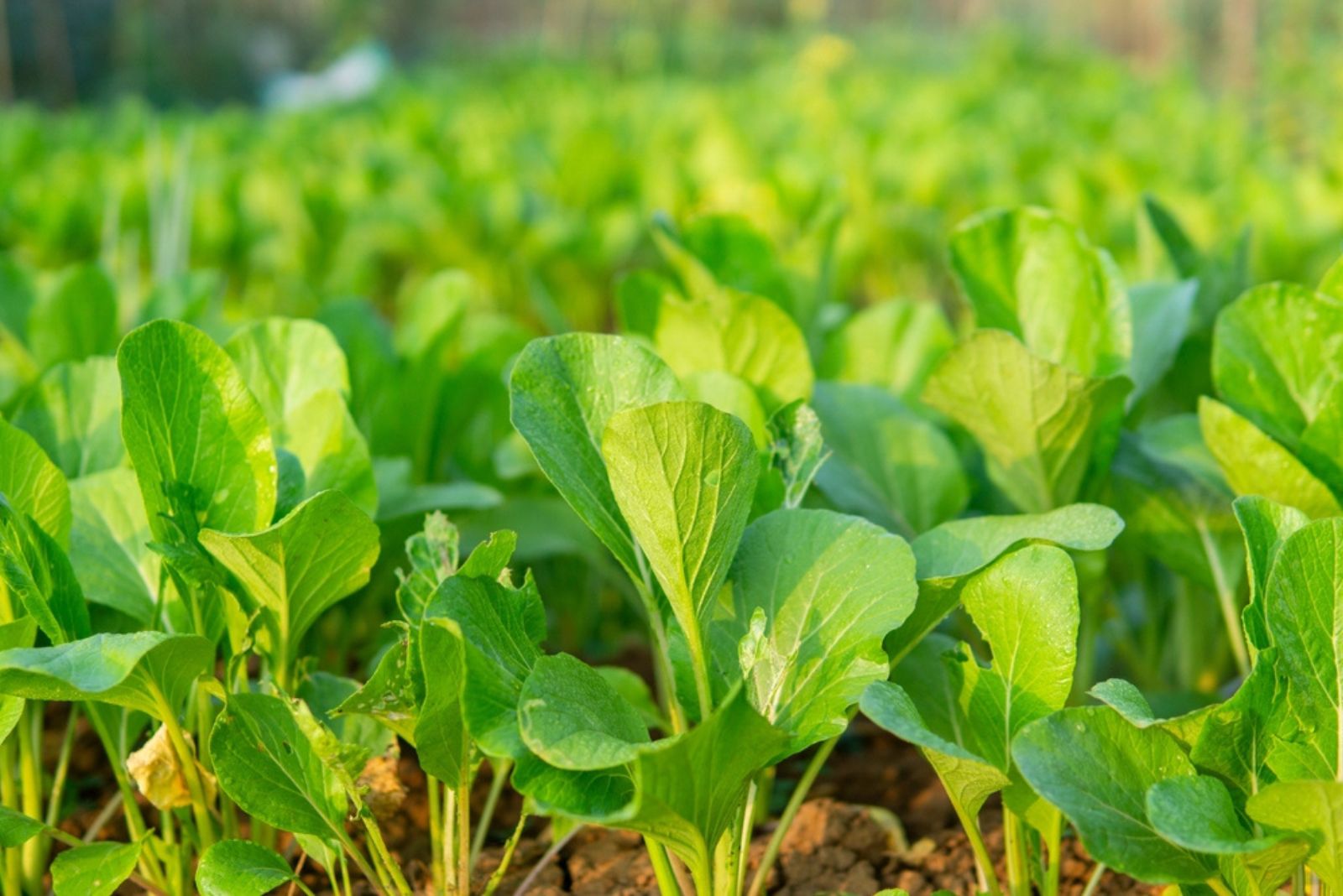Discover a clever way to protect your garden using trap plants!
These special plants act like garden bodyguards, attracting and trapping harmful insects to keep your crops safe. They will keep your garden healthy and also save you some money that you would otherwise spend on pesticides.
In this article, we are going to talk about the best trap plants that you can grow, and how to get the best out of them!
Meet The Best Trap Plants
Trap plants or crops have the ability to attract harmful insects and trap them, thus protecting other delicate plants in the garden. However, these trap plants have another purpose – they can also attract beneficial insects like ladybugs or wasps.
The key is to strategically plant them in order to get the best results. First, we are going to cover some of the best trap plants, and then we will discuss where to plant them.
Let’s get started!
1. Sunflowers
Beautiful sunflowers not only make your garden cheerful and give you delicious seeds, but they also guard other plants from pesky pests. Sunflowers attract pests like beetles, aphids, and whiteflies.
You can think about netting, vacuuming, or hand-picking these insects once they get close to the plant to keep them out of your crop.
To keep your sunflowers alive, grow them in full sun and well-draining soil. Don’t forget to water them when the soil gets dry. If you want your sunflowers to thrive, consider planting some of these sunflower companion plants.
2. Nasturtiums
Here’s yet another wonderful trap plant that produces colorful flowers!
Nasturtiums are easy-to-grow flowers that have strong fragrances. They attract pests like cabbage moths, whiteflies, and aphids, which is why it’s best to grow them next to Brassicas and tomatoes.
They also require full sun, but you can ease up on watering once the plant is established. Don’t use too much fertilizer for your nasturtiums because they might produce more leaves than flowers, thus reducing their trapping capabilities.
It’s best to follow a complete guide for growing nasturtiums from planting to harvest.
3. Marigolds
One of the many reasons to plant marigolds in your vegetable garden is their ability to attract pests and protect the plants nearby.
Marigolds attract tomato fruit borers and soil-borne pests that would otherwise demolish plants from underground. In this case, you would grow marigolds as a sacrificial plant.
However, they also have a strong fragrance that can deter whiteflies, cabbage moths, and Mexican bean beetles. If you have issues with nematodes, marigolds will save you the trouble by releasing compounds that can disrupt their life cycle.
These vibrant flowers don’t require much plant care – simply grow them in the sun, water them to keep the soil moist, and provide proper drainage.
4. Mustard Greens
Mustard greens have a unique fragrance that can help protect your Brassicas from aphids and cabbage loopers. These pests either lay their eggs or munch on the delicious mustard greens’ leaves.
It’s best to keep your greens in partial shade and in moist soil. Make sure to add some fertilizers to boost their growth.
Where To Plant Trap Plants
Once you get a trap plant, do a little bit of research online to find out what pests they trap the best. Then, figure out what plants are susceptible to the same pests. And then, simply plant them around the perimeter of the plant that needs protection.
What you can also do is scatter them between crops to throw insects off the scent. Keep in mind that trap crops and regular crops should have similar growing requirements.
You might also be interested in: Three Sisters Companion Planting Method And Reasons You Should Try It





